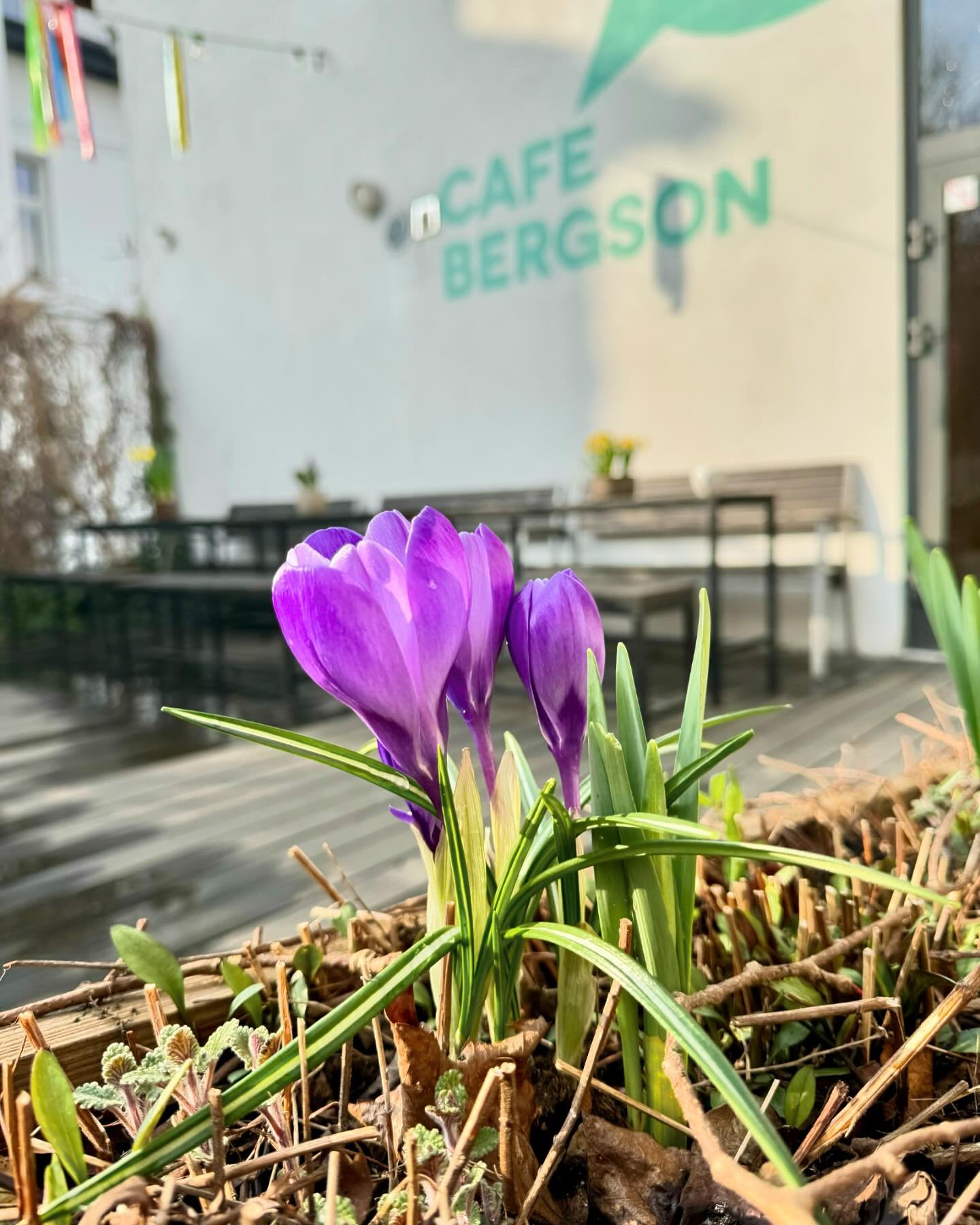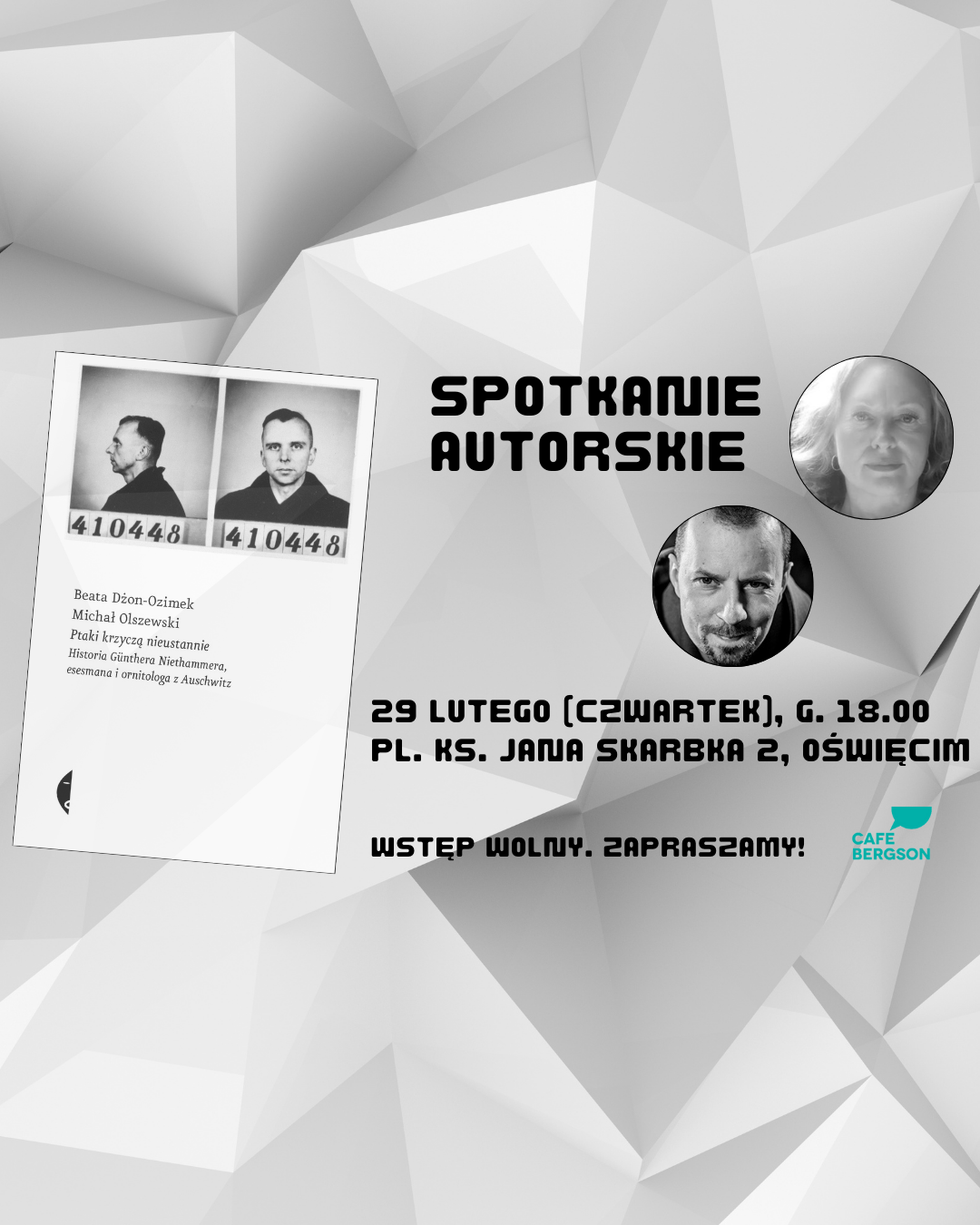Unique photographs acquired by the Jewish Museum in Oświęcim
Jan. 5th, 2024

At the end of 2023, the Oshpitzin Jewish Museum in Oświęcim acquired nearly 120 original negatives from the World War II era. Among these, several depict Oświęcim and its residents during the German occupation, including Jewish residents.
The negatives were purchased from a private individual who likely discovered them in Brunswick, Germany, in 2020. Among various personal documents and post-war photographs was an envelope marked “Polen II,” containing all the negatives. These images feature Jewish residents of Oświęcim (with visible armbands), as well as views of the Main Market Square, Jagiełły Street, the Salesian complex, the castle hill, and the reconstructed bridge over the Soła River. The photographs of the town were presumably taken between September 1939 and 1940. Some of the acquired photographs are known to be from the family album of a Nazi doctor Dr. Barmeyer, who himself came from Brunswick and lived in Oświęcim during the German occupation The people and places appearing in both collections suggest that the photos likely belonged to the same family.
As historian Dr. Artur Szyndler adds, one of the negatives is particularly valuable as it is probably the only known color photograph of Oświęcim from that period.
The collection also includes several photographs taken in other locations, some of which have already been identified as Będzin, Bielsko, Kraków, Rajsko, Sosnowiec, and the Podhale region (likely Zakopane). However, the majority of the negatives remain unidentified, depicting places and people, including uniformed German soldiers and dignitaries, their families during ceremonies and family gatherings, as well as public buildings and industrial facilities. Many of these also concern the Jewish community.
These discovered materials are a unique record not only of the German occupation of Oświęcim and the crimes committed, but primarily a historical trace showing the Jewish community on the brink of the Holocaust – adds Tomasz Kuncewicz, the director of the Oshpitzin Jewish Museum in Oświęcim.
German troops occupied Oświęcim in the first days of September 1939. The town’s name was changed to Auschwitz and it was incorporated into the Third Reich. Jews were subjected to harsh repression – they were required to wear armbands with the Star of David, their businesses and shops were confiscated, and they were forced into slave labor. In 1940, deportations of Jews to labor camps, mainly in Upper and Lower Silesia, began. The final deportations, which ended the local Jewish community, took place in March and April 1941. Jews from Oświęcim were deported to ghettos in Będzin, Chrzanów, and Sosnowiec. A small group was also sent to the General Government area. Those who survived until 1943 were deported to KL Auschwitz, where most were murdered. Only a handful survived the Holocaust.




